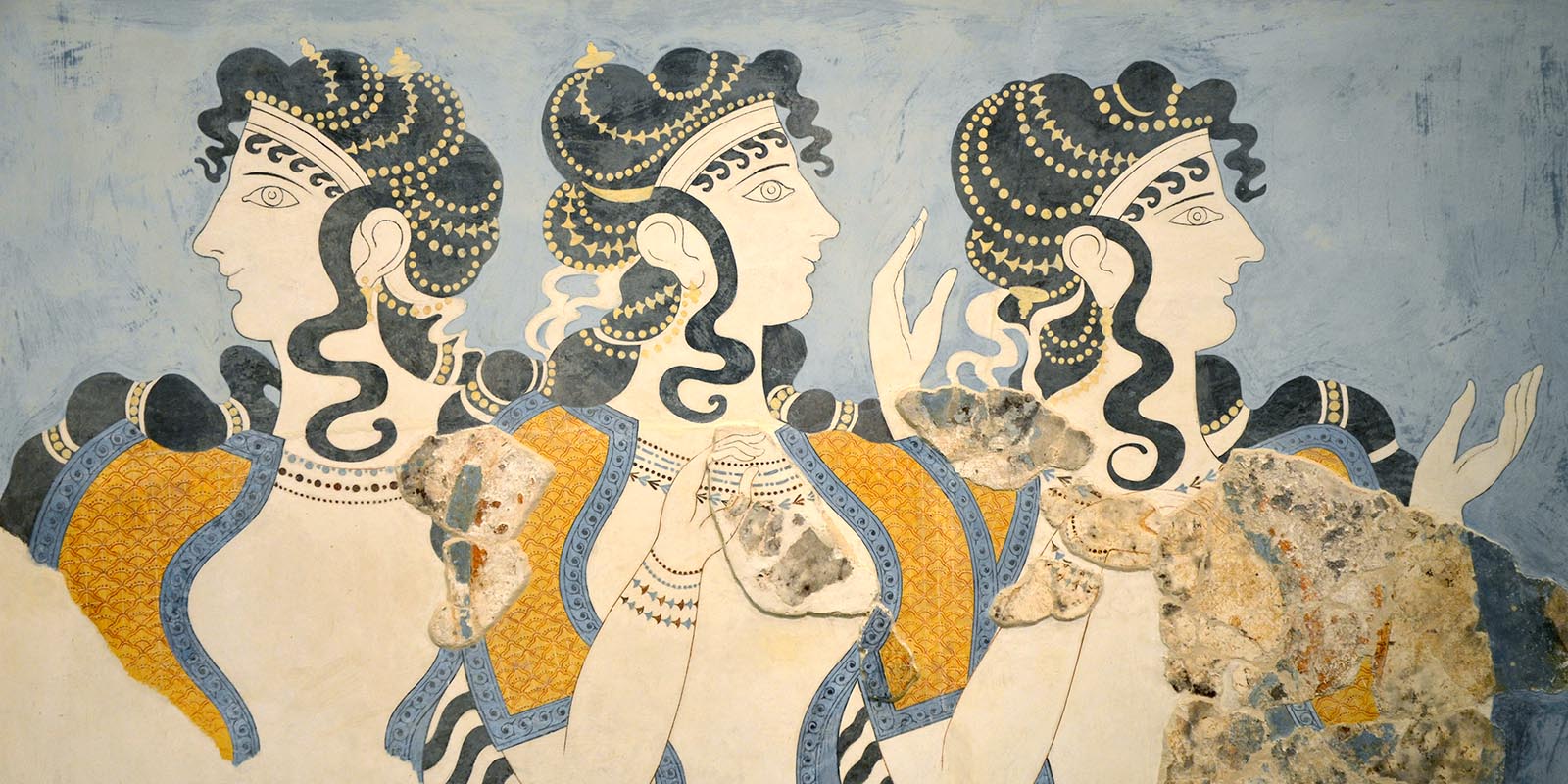

The Minoan civilisation, flourishing on the island of Crete during the Bronze Age (circa 2000–1450 BCE), represents a remarkable chapter in Ancient Greek history. Here is an overview of the Minoan civilisation:
Palatial Centres: At the heart of the Minoan civilisation were grand palatial centres, the most famous being Knossos. These palaces were architectural marvels featuring complex layouts, multi-story structures, and advanced plumbing systems.
Advanced Architecture: Minoan architecture showcased advanced engineering, with large, well-constructed buildings characterised by labyrinthine layouts. The use of columns, frescoes, and courtyards reflected a high level of sophistication.
Vibrant Frescoes: Minoans were prolific artists, decorating their palaces with vibrant frescoes depicting scenes of nature, daily life, and religious rituals. The most famous frescoes are found at Knossos, revealing the Minoans' emphasis on aesthetics.
Maritime Culture: The Minoans were accomplished seafarers, engaging in extensive maritime trade. Their ships plied the waters of the Aegean and beyond, fostering cultural exchange and economic prosperity.
Trade and Commerce: Minoan trade networks extended to Egypt, the Levant, and other Aegean islands. The island's strategic location facilitated the exchange of goods such as olive oil, wine, pottery, and luxury items.
Writing System: The Minoans developed a script known as Linear A, which remains undeciphered. This script was used for administrative and accounting purposes, and its precise nature remains a subject of scholarly investigation.
Religious Practices: Minoan religious practices centred around nature and fertility. Archaeological findings include sanctuaries, religious symbols, and depictions of ritualistic activities. The significance of bull imagery suggests a connection to bull cults and rituals.
Bull-Leaping Fresco: One of the iconic images of Minoan art is the Bull-Leaping Fresco, depicting individuals engaging in daring acrobatics over the horns of a charging bull. This artwork reflects the Minoans' fascination with athleticism and perhaps religious rituals.
Linear B and Decipherment: While the Minoans used Linear A, the Mycenaeans, who succeeded them, developed Linear B. Linear B has been deciphered and provides insights into administrative records, economic activities, and Mycenaean society.
Decline and Disappearance: The Minoan civilisation experienced a decline around 1450 BCE, possibly due to natural disasters such as earthquakes and the eruption of Thera (modern Santorini). The subsequent Mycenaean civilisation on the Greek mainland absorbed elements of Minoan culture.
The Minoan civilisation, with its sophisticated art, advanced architecture, and maritime achievements, has left an indelible mark on the history of Ancient Greece. Despite its decline, the legacy of the Minoans is evident in the cultural and artistic developments of subsequent Greek civilisations.
| Start Date | 2000 BC |
|---|---|
| End Date | 1400 BC |

There are painting of Minoans jumping over bulls, possibly the origin of modern day bull-fighting.
Ancient Greek art and architecture, with its harmonious proportions and timeless elegance, continue to inspire awe and admiration millennia later.
Discover
Greek mythology, a rich tapestry of gods, heroes, and mythical creatures, captivates the imagination with its tales of love, betrayal, and epic adventures that delve into the depths of the human psyche.
Discover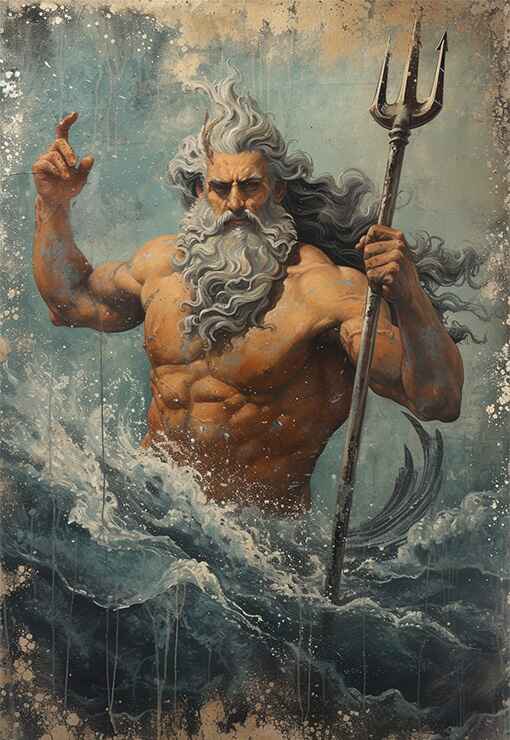
Ancient Greek history, marked by remarkable achievements in democracy, philosophy, and warfare, shaped the foundation of Western civilization, leaving an indelible legacy of innovation and cultural influence that continues to resonate to this day.
Discover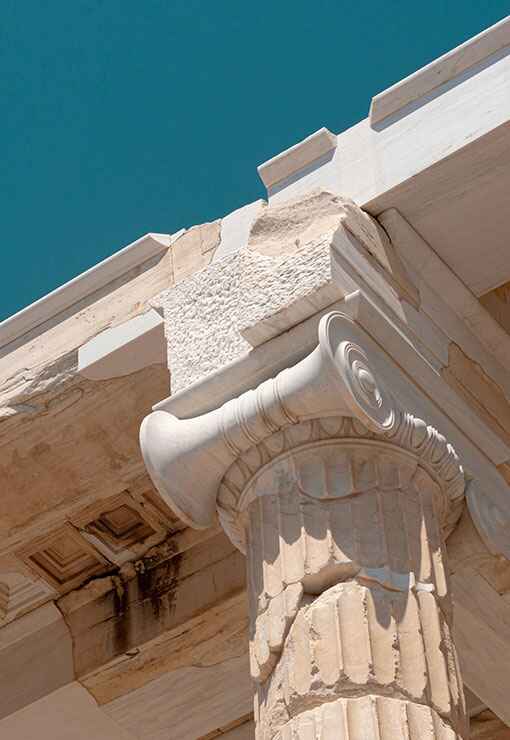
The ancient Greek Olympics, held in Olympia every four years, celebrated athleticism, unity, and cultural pride, serving as a testament to the enduring spirit of competition and excellence that transcends time and borders.
Discover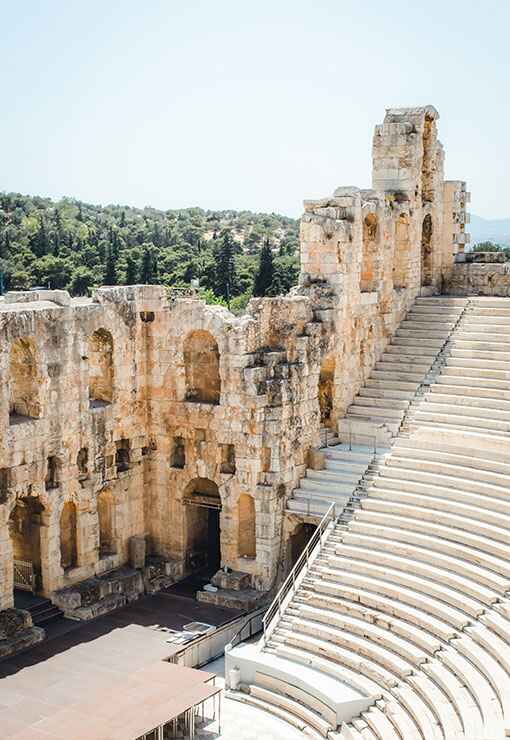
Ancient Greek wars, such as the Persian Wars and the Peloponnesian War, were pivotal conflicts that shaped the course of history, highlighting the struggle for power, independence, and the clash of civilizations in the ancient Mediterranean world.
Discover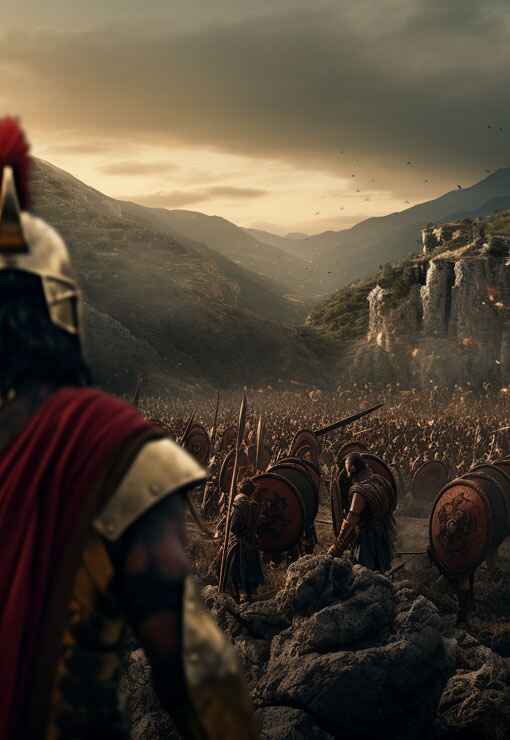
Ancient Greek culture and society, characterized by its emphasis on art, philosophy, and civic engagement, fostered a vibrant intellectual and social landscape where innovation flourished, democracy thrived, and the pursuit of knowledge and excellence was celebrated as fundamental values of civilized life.
Discover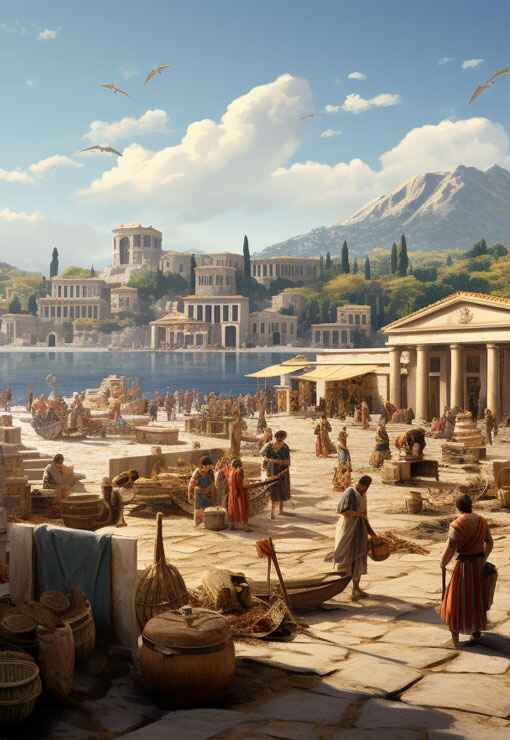
Find out more about ancientgreece.com